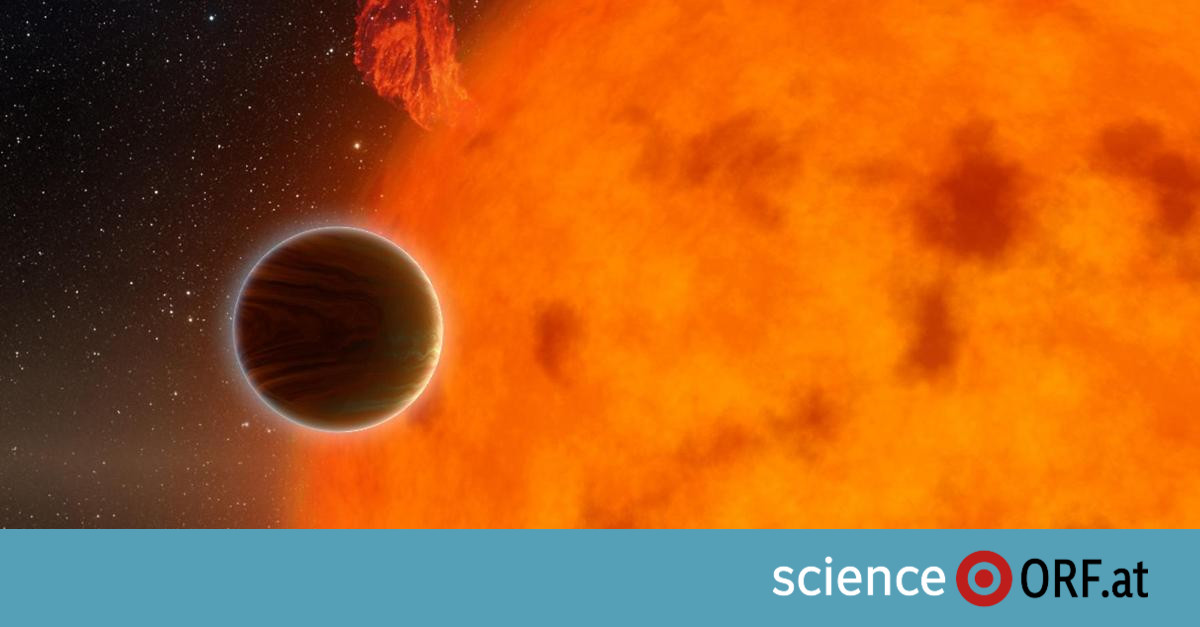The Exoplanet TOI 849 b orbits very close to its star, so that a year only lasts 18 hours and the temperature is 1,500 degrees Celsius. It also has a very high density: it is about 40 times as heavy as the earth, but its radius is only slightly more than three times that of our planet. “There are no known planets with this mass that have such a short orbit around their star,” study leader David Armstrong from the Department of Physics at the University of Warwick said in a press release.
“For such a massive planet, such a high density or such a small proportion of hydrogen and helium is very surprising,” emphasizes co-author Christoph Mordasini from the Physics Institute of the University of Bern. “With such a mass, one would expect that the planet would have attracted a lot of hydrogen and helium during its formation in the protoplanetary disk.” But these gases are not present. “This suggests that TOI 849 b is an exposed planetary core,” says Armstrong. “It is the first time that an intact, exposed core of a gas giant has been discovered around a star.”
Where was the shell?
The question now is: How did the now naked gas giant lose his “robe”? Or has he never had one? The ball for the interpretation lies at the University of Bern, where the “Bern Model of the Formation and Development of Planets” has been continuously developed since 2003. On the basis of the model for the formation and development of planets developed at the University of Bern, two theories can be formulated: either the shell was lost or it never existed.

“The first is that the exoplanet was once similar to Jupiter, but has” lost “almost all of its external gas due to various influences,” said Mordasini. This could have happened due to tides where the planet’s shell is torn apart because the planet is extremely close to its star, or even because of a collision with another planet. Large-scale evaporation of the atmosphere could also play a role, but cannot be held responsible solely for the entire “lost” gas.
Alternatively, TOI 849 b could be a “failed” gas giant. “Once the nucleus was formed, something could have been completely different than normal, and the nucleus never formed a massive atmosphere as usual. This could have happened if there was one in the protoplanetary disk from which the planet was formed Would have created a gap in the gas due to the gravitational interaction with the planet, or if the material in the disc had run out at the point where gas accretion normally follows, ”says Mordasini.
–


